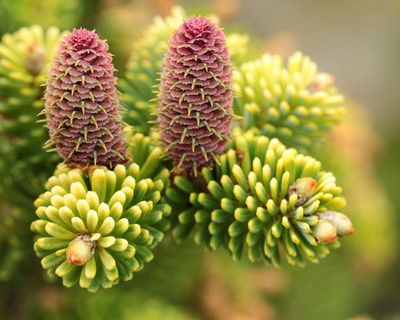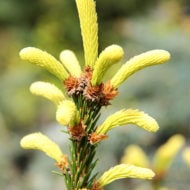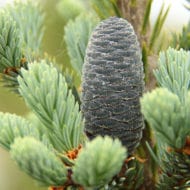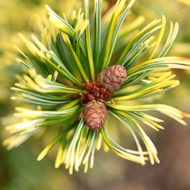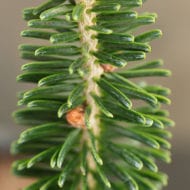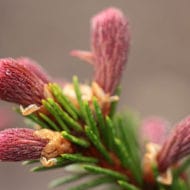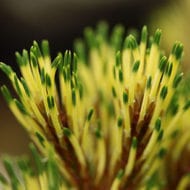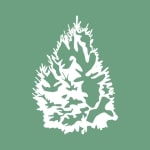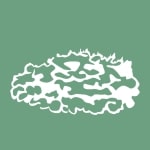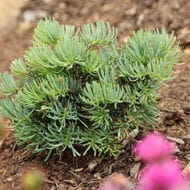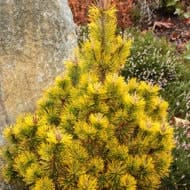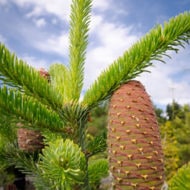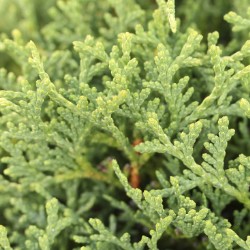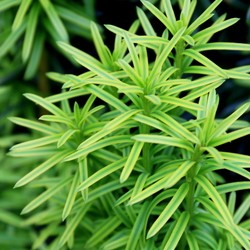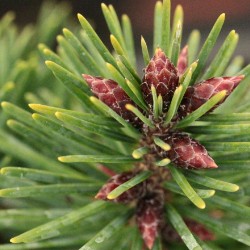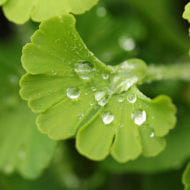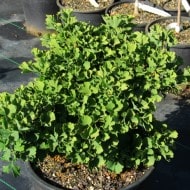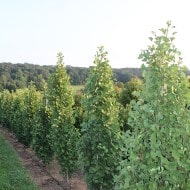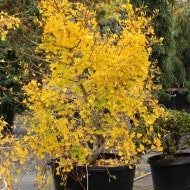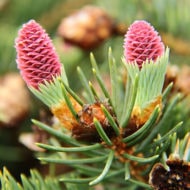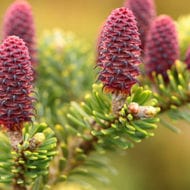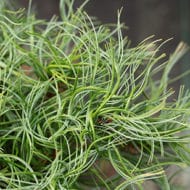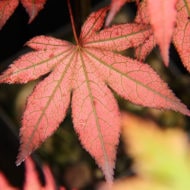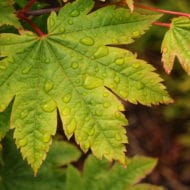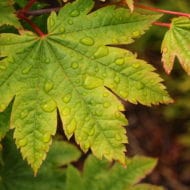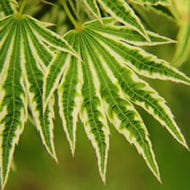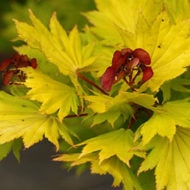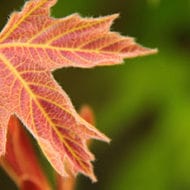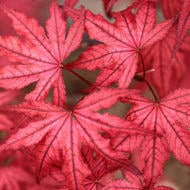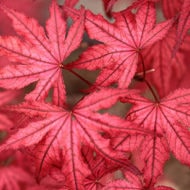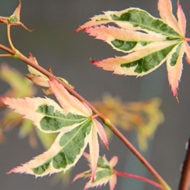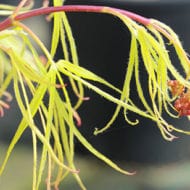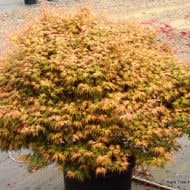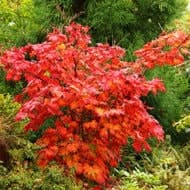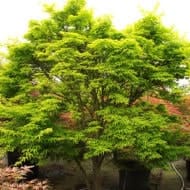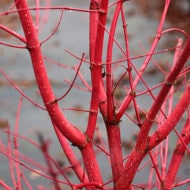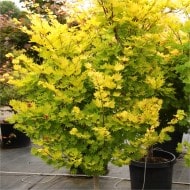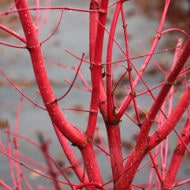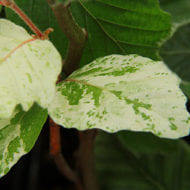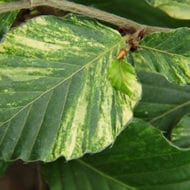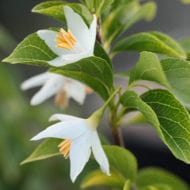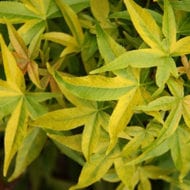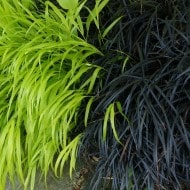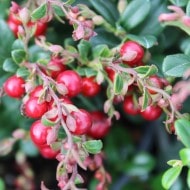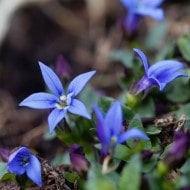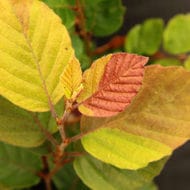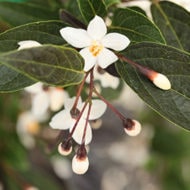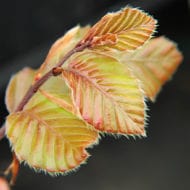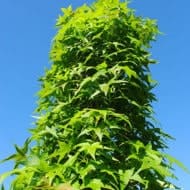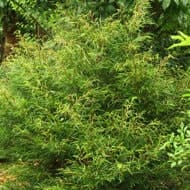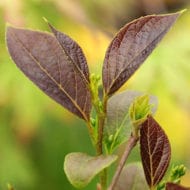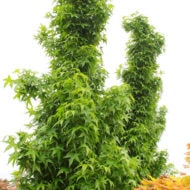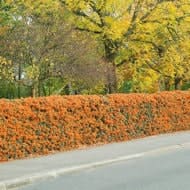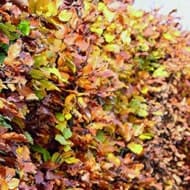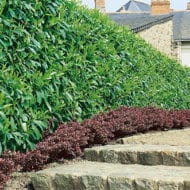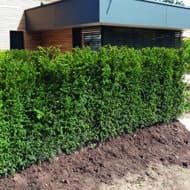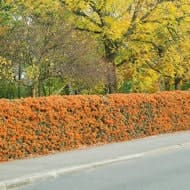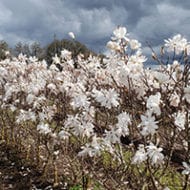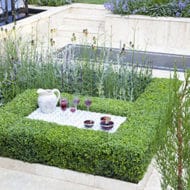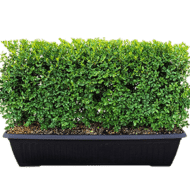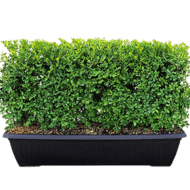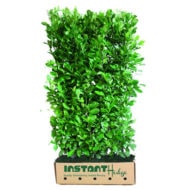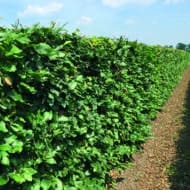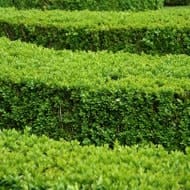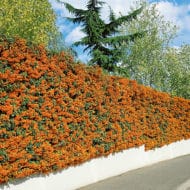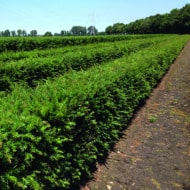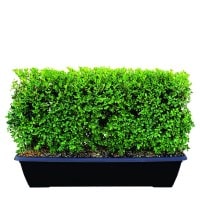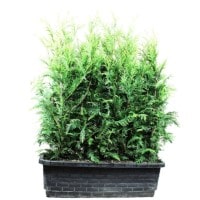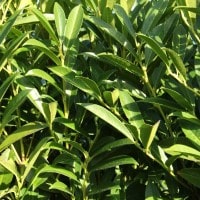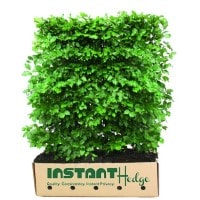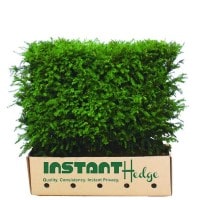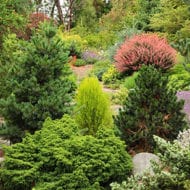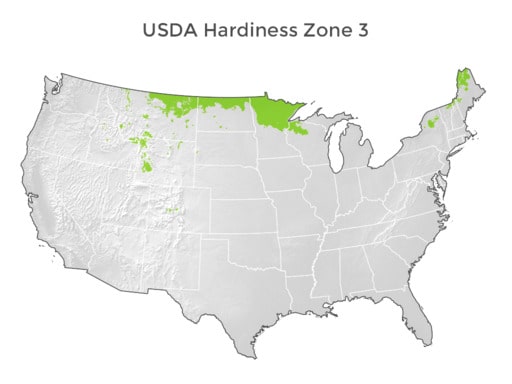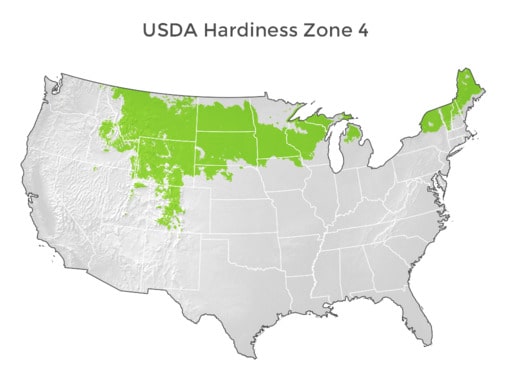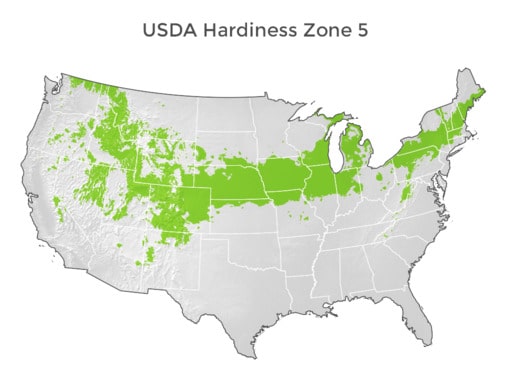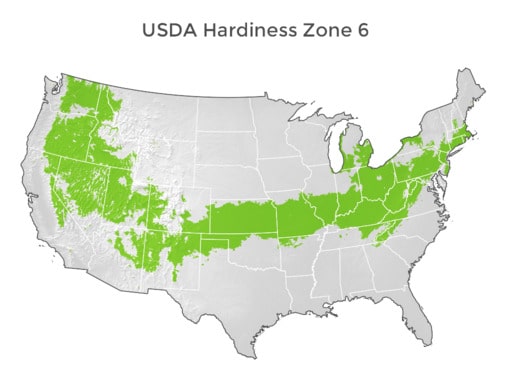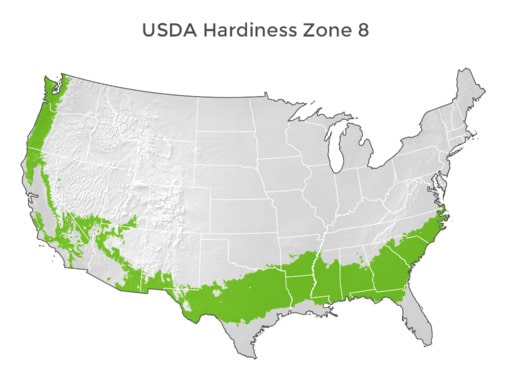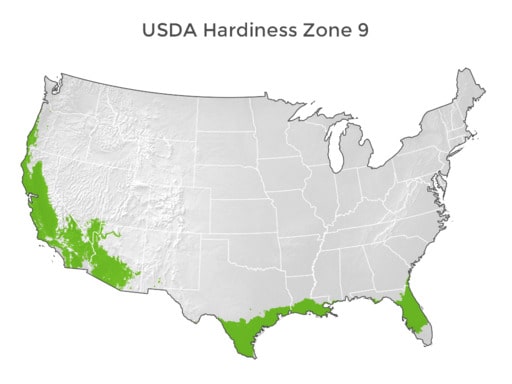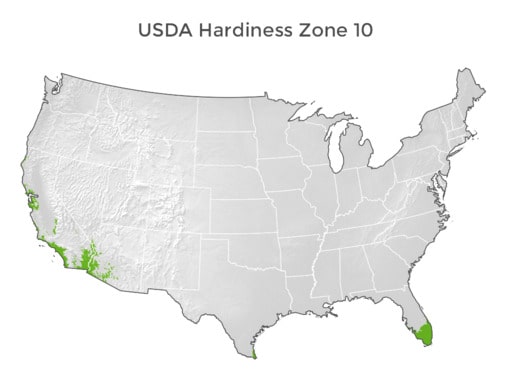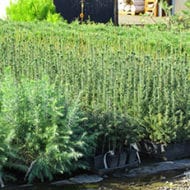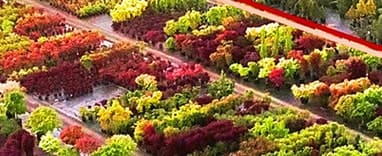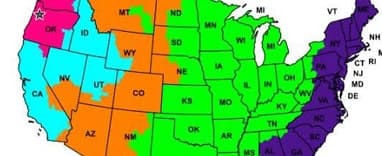Hedges are living fences that can be grown as a border, for privacy, as a windbreak, or to define spaces in your garden. They can be evergreen or deciduous depending on the type of hedge you need. Evergreen hedges provide a dense wall of privacy all year round as well as some deciduous hedges that have leaves that persist through the winter. Most deciduous hedges offer privacy during the spring and summer while they’re in leaf, and then during the winter, they become airy screens that allow light and air to filter through after their leaves fall. Deciduous hedges are excellent for areas around a pool. A fence or privacy hedge is needed during the warm seasons when the pool is in use, but a see-through screen is all that is necessary during the winter.
Conifer Kingdom offers a wide variety of evergreen and deciduous hedges to choose from with various densities, textures, and colors. Read on for descriptions of Instant hedge varieties and how they appear in the winter and throughout the year.
Evergreen Hedges
Arborvitae
Arborvitae has dense, flattened sprays of feathery foliage in various shades of green, depending on the variety. They have shredding, reddish-brown bark, and small brown cones that persist through the winter. Some varieties take on a bronze color in the winter, and others hold their color all year. They can be grown as medium to tall privacy hedges, windbreaks, or borders.

Green Giant Arborvitae (Thuja plicata × standishii ‘Green Giant’) makes an outstanding hedge. It is virtually pest-free and deer resistant, and it can grow in USDA hardiness zones 5 to 8, making it a great variety for hedging in the southern United States. Green Giant grows 3’ to 5’ a year once established, holds its color through the winter, and provides a thick hedge throughout the year.

American Arborvitae (Thuja occidentalis) is native to the United States and grows in USDA hardiness zones 3 to 7. It can grow farther north than Green Giant, but not as far south. American Arborvitae has dark green foliage during the spring and summer that lightens to a yellow-green in the winter. It grows slower than Green Giant — 1’ to 2’ per year — and provides a dense, hardy hedge throughout the year.

Emerald Green Arborvitae (Thuja occidentalis ‘Smaragd’) is an excellent hedging variety that will grow well over most of the United States in USDA hardiness zones 3 to 8. It is a dense, full tree that grows 1’ to 2’ a year and retains its emerald color through the winter. It is sturdy, thick, adaptable, and able to withstand temperature extremes, making it a great choice for a privacy hedge, windbreak, or border.
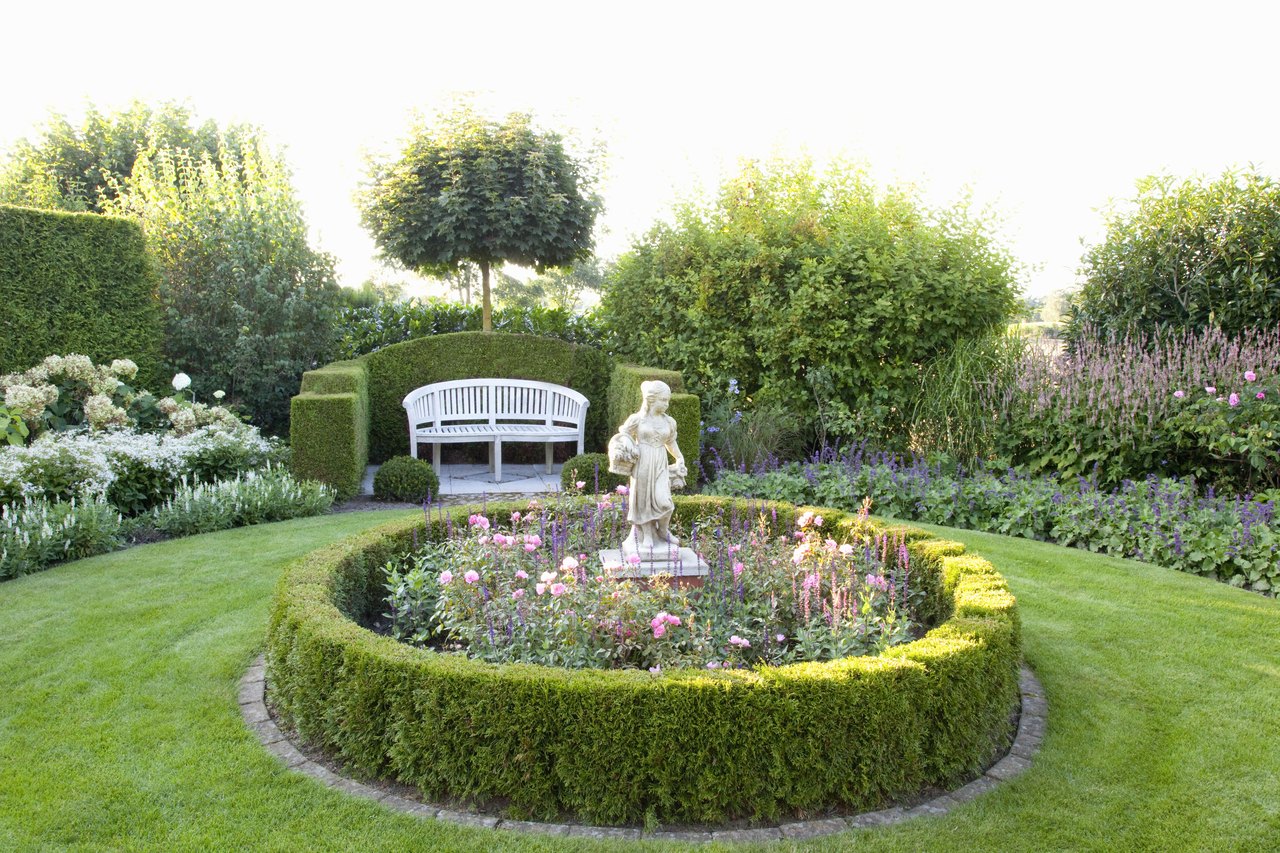
Little Simon Arborvitae (Thuja occidentalis ‘Little Simon’) is a dwarf selection of the Emerald Green Arborvitae that also does best in the USDA hardiness zones 3 to 8. It is very slow-growing, at 3” a year, and keeps its bright green color year-round. It has the same good qualities as Emerald Green and makes a great border hedge because of its size, slow growth, and density.
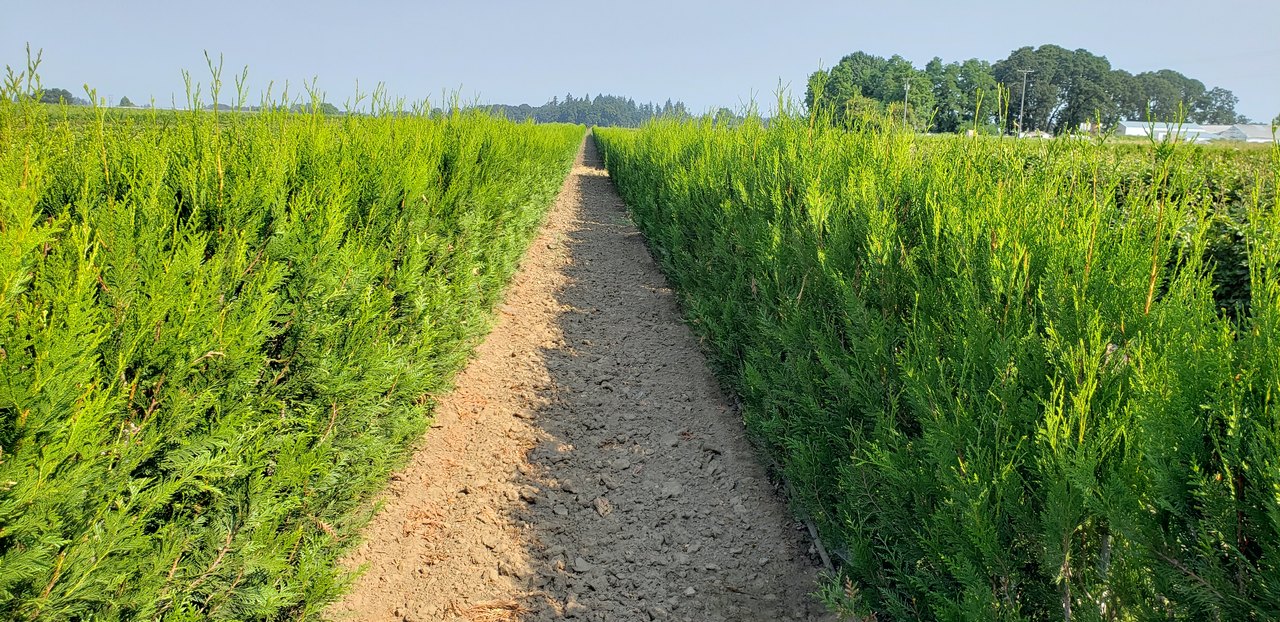
Virescens Western Red cedar (Thuja plicata ‘Virescens’) is a variety of the Western Red cedar, an Arborvitae native to the Pacific Northwest. It grows in USDA hardiness zones 5 to 9 and has glossy, dark green foliage that holds its color through the winter. Similar to Green Giant, Virescens is not susceptible to pests, and deer tend to avoid it. It grows up to 2’ a year, and is dense, with upright growing branches, making it an exceptional choice for a year-round privacy hedge or windbreak.
Boxwoods in Winters
Boxwoods are broadleaved evergreens with small, oval leaves that have been grown since ancient times as borders, topiaries, and in parterres and knot gardens.
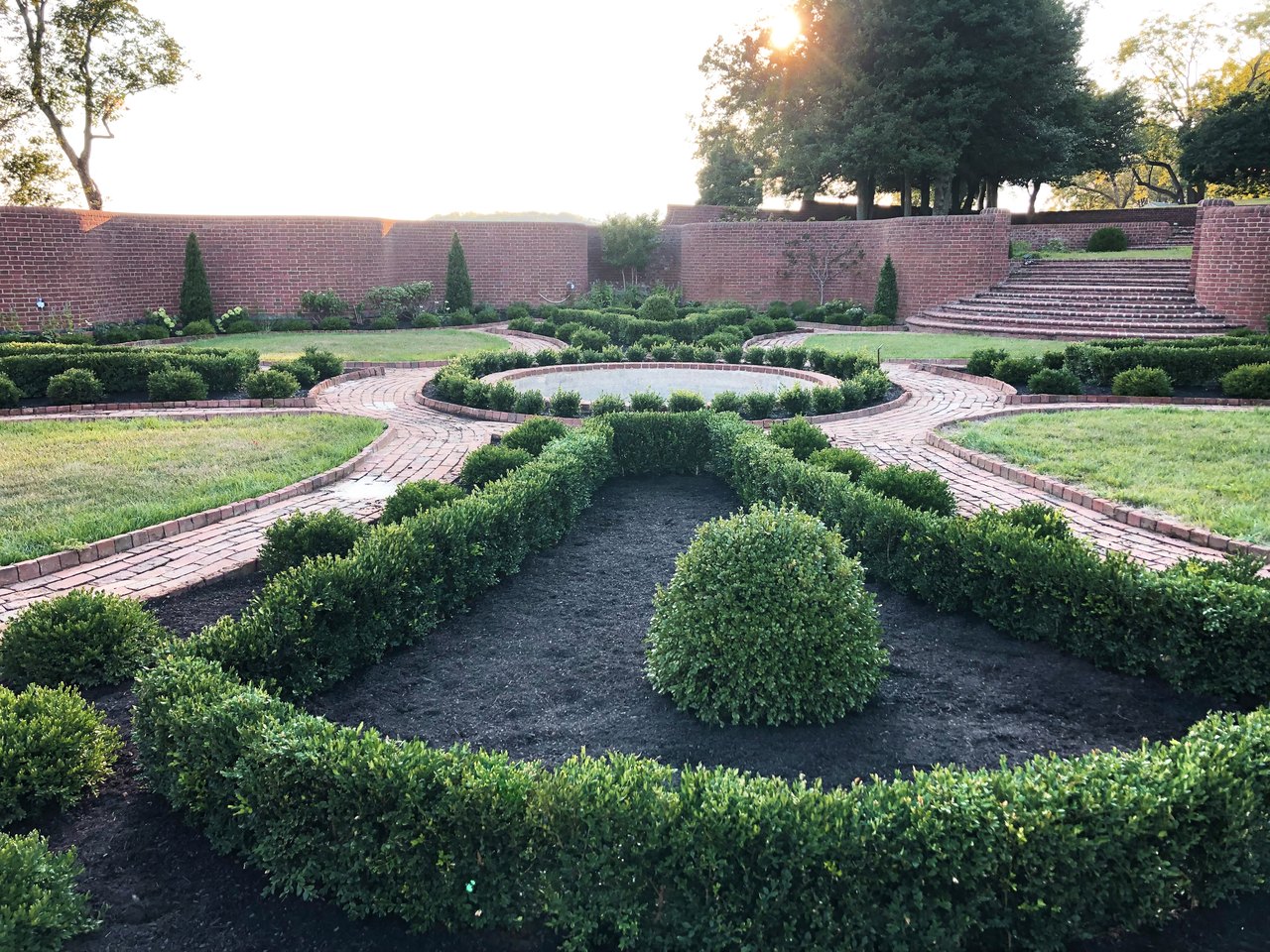
Green Mountain Boxwood (Buxus × ‘Green Mountain’ is a slow-growing (3” per year), easily maintained shrub that makes an exceptional, fine-textured hedge in USDA hardiness zones 5 to 8. It has good Boxwood Blight resistance, as well as deer and rabbit resistance, and holds its dark green color through the winter and all year round. It is an effective medium height privacy hedge at 3’-4’ tall (excellent for containers), as well as a low border due to its density and elegant appearance.
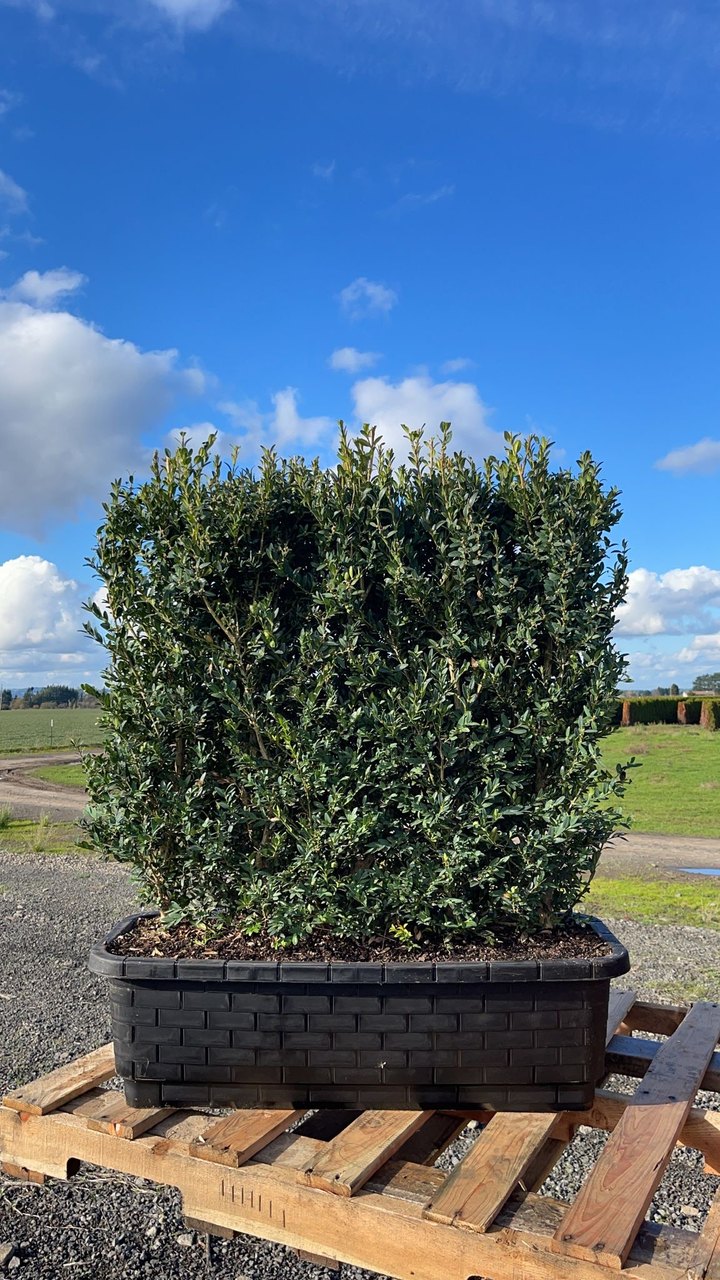
Schmidt Boxwood (Buxus sempervirens ‘Schmidt’) is an upright Boxwood variety with lustrous, dark green leaves that hold their color through the winter, even in extreme cold. Schmidt is hardy in USDA zones 5 to 8 and grows up to 4” per year. It is a disease, deer, and rabbit resistant and makes a fine dense border or medium height privacy hedge that is attractive all year long.
Box Honeysuckle

Box Honeysuckle (Lonicera nitida) is a dense, small-leaved evergreen shrub with a fine texture that can substitute nicely for Boxwood. It grows up to 12” per year and can be shared easily to maintain as a small or medium height privacy hedge. It displays some interesting colors during the year, which is an added bonus and different from Arborvitae and Boxwood. Its fragrant, white spring flowers develop into mildly toxic blue-purple berries later in the season, and in the winter, its leaves sometimes turn a beautiful bronze-plum color. Box Honeysuckle grows in USDA hardiness zones 6 to 9, so it is an excellent choice for southern gardens.
Hicks Yew
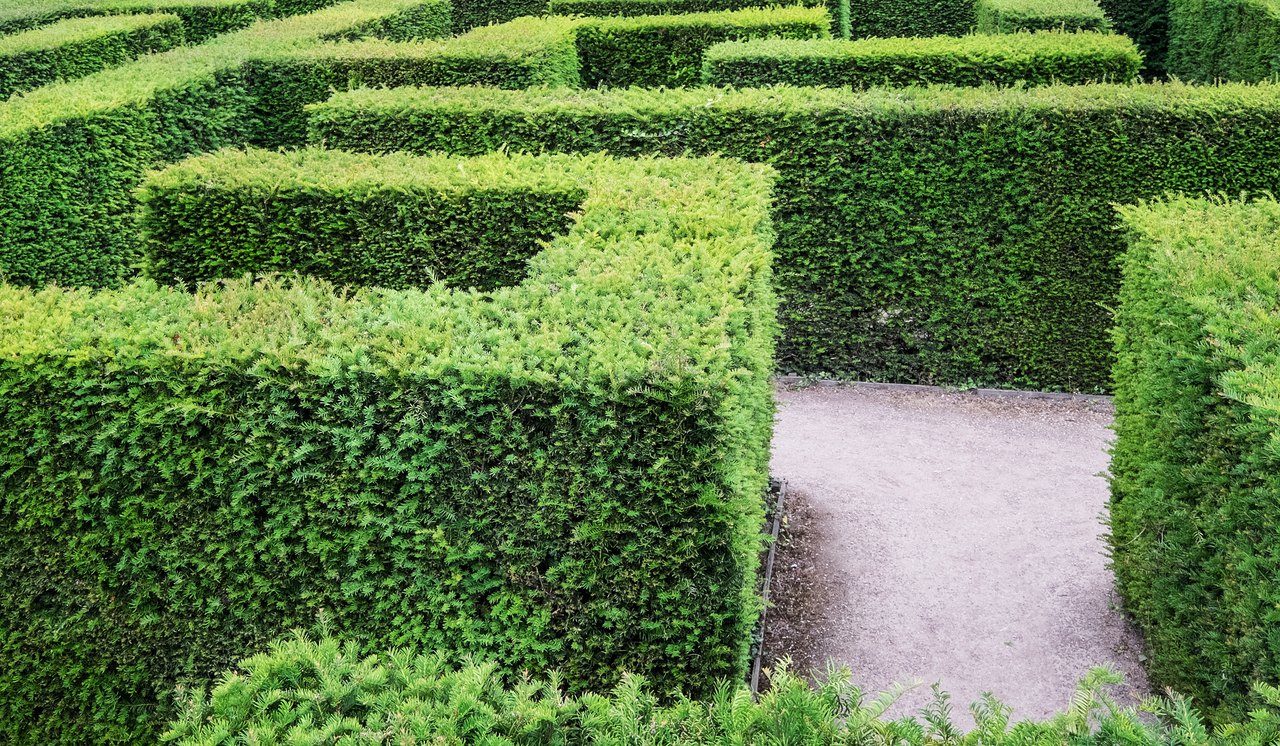
Hicks Yew (Taxus × media ‘Hicksii’), with its dark green, shiny foliage and red berries, is an excellent hedge for northern and southern gardens in USDA hardiness zones 5 to 8. It grows moderately fast, up to 12” per year, and takes maintenance pruning well. All parts of the Yew are poisonous to humans, livestock, and pets, although deer will happily eat the foliage, and some bird species will feast on the red berries. Arborvitae and Boxwoods are non-toxic choices for hedging, but Hicks Yew is an outstanding choice, too, if children or pets are not an issue.
Laurels
These laurels are not the bay laurels, Laurus, of classic times, but are the cherries, Prunus, with evergreen leaves and spikes of white flowers. They all grow at a rate of about 12” to 24” per year and make beautiful hedges.
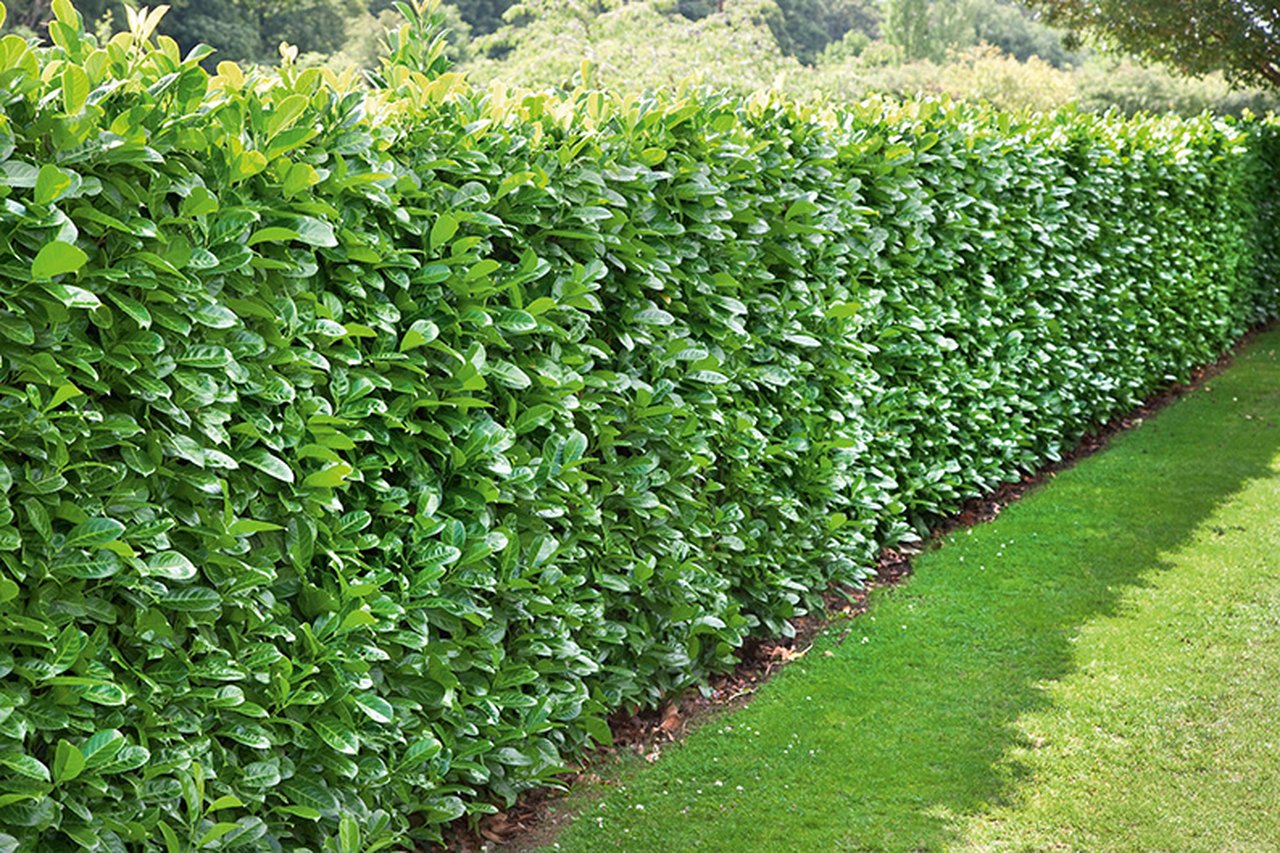
English Laurel, Cherry laurel (Prunus laurocerasus) is a large-textured evergreen with shiny, rich green leaves that retain their color during the winter and throughout the year. It grows in both sun and partial shade, and in the spring, this beautiful shrub puts on 4” spikes of highly fragrant, white flowers and in summer bears blueberries that add ornamental value. The berries are toxic to mammals. English laurel is a favorite privacy hedge in USDA hardiness zones 6 to 8, especially along the coast since it tolerates salt spray.
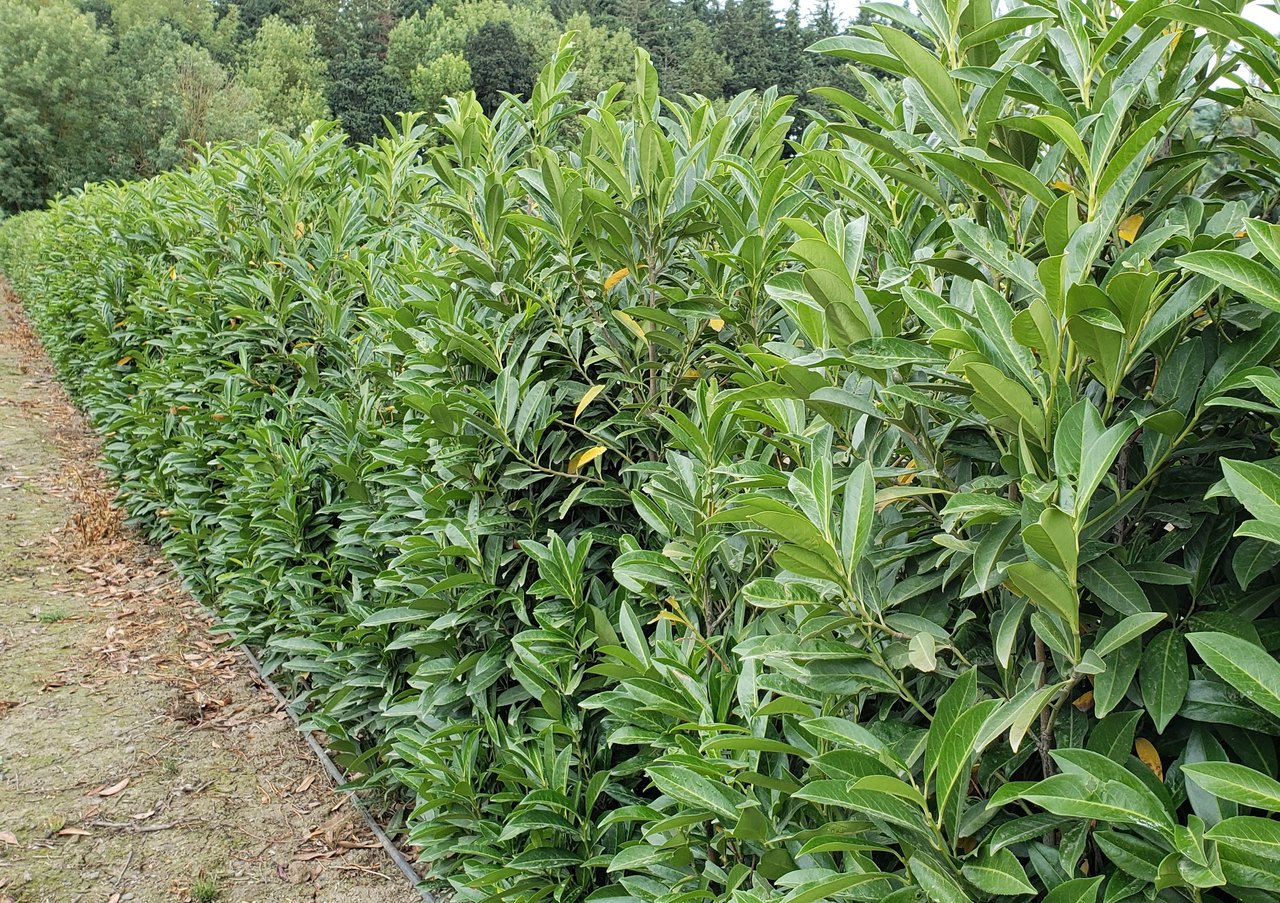
Schip, Schipka laurel (Prunus laurocerasus ‘Schipkaensis’) is a vase-shaped shrub that has smaller, narrower leaves than English laurel that keep their color through the winter. It does best in partial shade and makes a handsome, thick, privacy hedge that is easy to clip to size. Like English laurel, its 4” fragrant white flower spikes and non-edible blueberries add an ornamental touch to the glossy foliage. Schip laurel grows in USDA hardiness zones 6 to 9 and is a great addition to southern gardens.

Portuguese laurel (Prunus lusitanica) is laurel that is excellent for warmer climates in USDA hardiness zones 7 to 9. Its glossy evergreen leaves are shorter and narrower than English laurel and they retain their deep green color through the winter and all year round. The fragrant flower spikes and non-edible blue berries shine against the green foliage and bright red stems. Portuguese laurel’s adaptability to various soil and climate conditions, its dense foliage, and ability to be easily clipped makes it a great choice for a medium to tall privacy hedge.
Wichita Blue Juniper
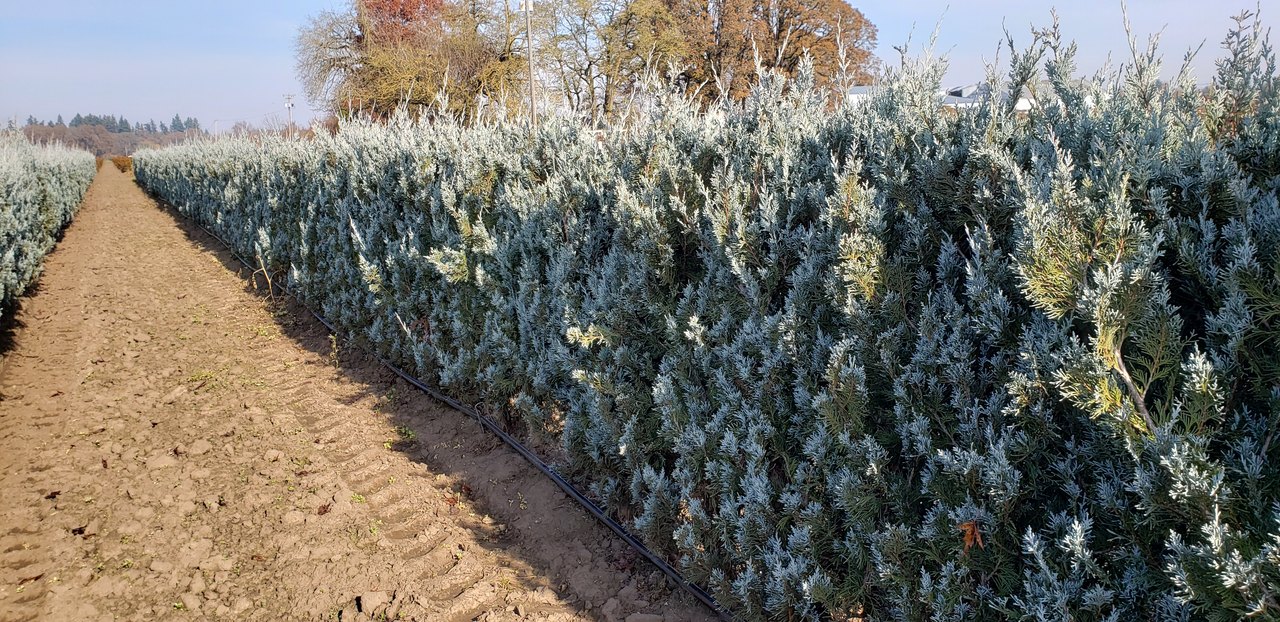
Wichita Blue Juniper (Juniperus scopulorum ‘Wichita Blue’) is a spectacular, powder-blue variety of the Rocky Mountain Juniper, Juniperus scopulorum. It grows well in USDA hardiness zones 4 to 7 and is cold and drought resistant. Its dense, feathery foliage grows at a moderate rate (6” to 12” per year), and can easily be trimmed to maintain its size. It is excellent as a privacy hedge and retains its beautiful blue color throughout the winter.
Deciduous Hedges
Beeches
Beeches are large, elegant trees native to Europe and North America. The European Beech is more commonly cultivated than the American Beech because of its better adaptability to different conditions. It grows at a rate of between 12” and 24” a year and can be grown as a medium to tall privacy hedge.
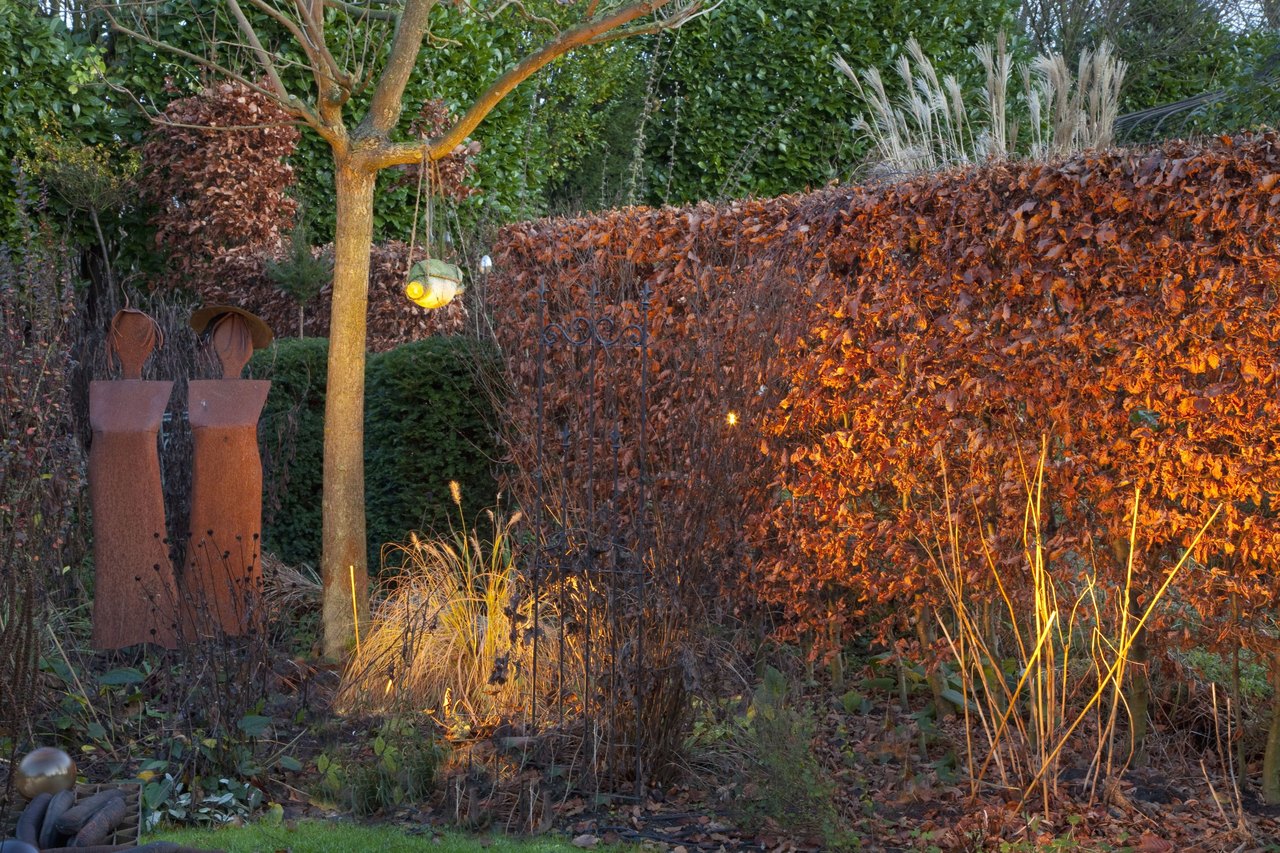
European Beech (Fagus sylvatica) is a stately tree that is used for shade, as a specimen, and can easily be trained into a thick privacy hedge since its branches grow close to the ground. Beechnuts appear in the fall, and the green leaves turn a copper color and hang on to the smooth, silvery-gray branches through the winter. The result is a stunning privacy screen all year round. European Beech grows well in USDA hardiness zones 5 to 8.
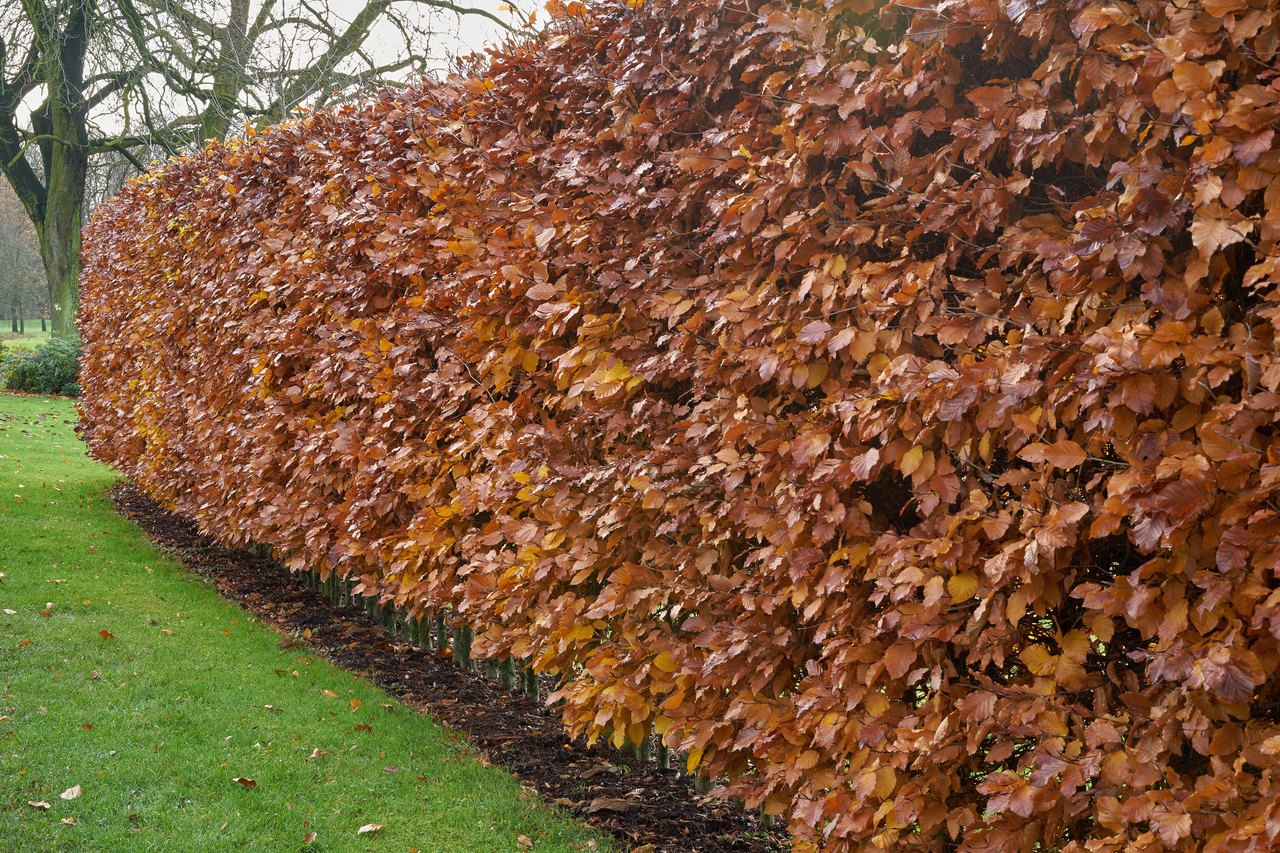
Purple Beech, Copper Beech (Fagus sylvatica var. atropurpurea) is the purple form of European Beech. Its leaf colors range from light purple to dark burgundy, and like the European Beech, it makes a superb privacy hedge. Autumn brings beechnuts, and the leaves turn a copper color and hang on through the winter. Purple Beech also grows well in USDA hardiness zones 5 to 8.
Cornelian Cherry
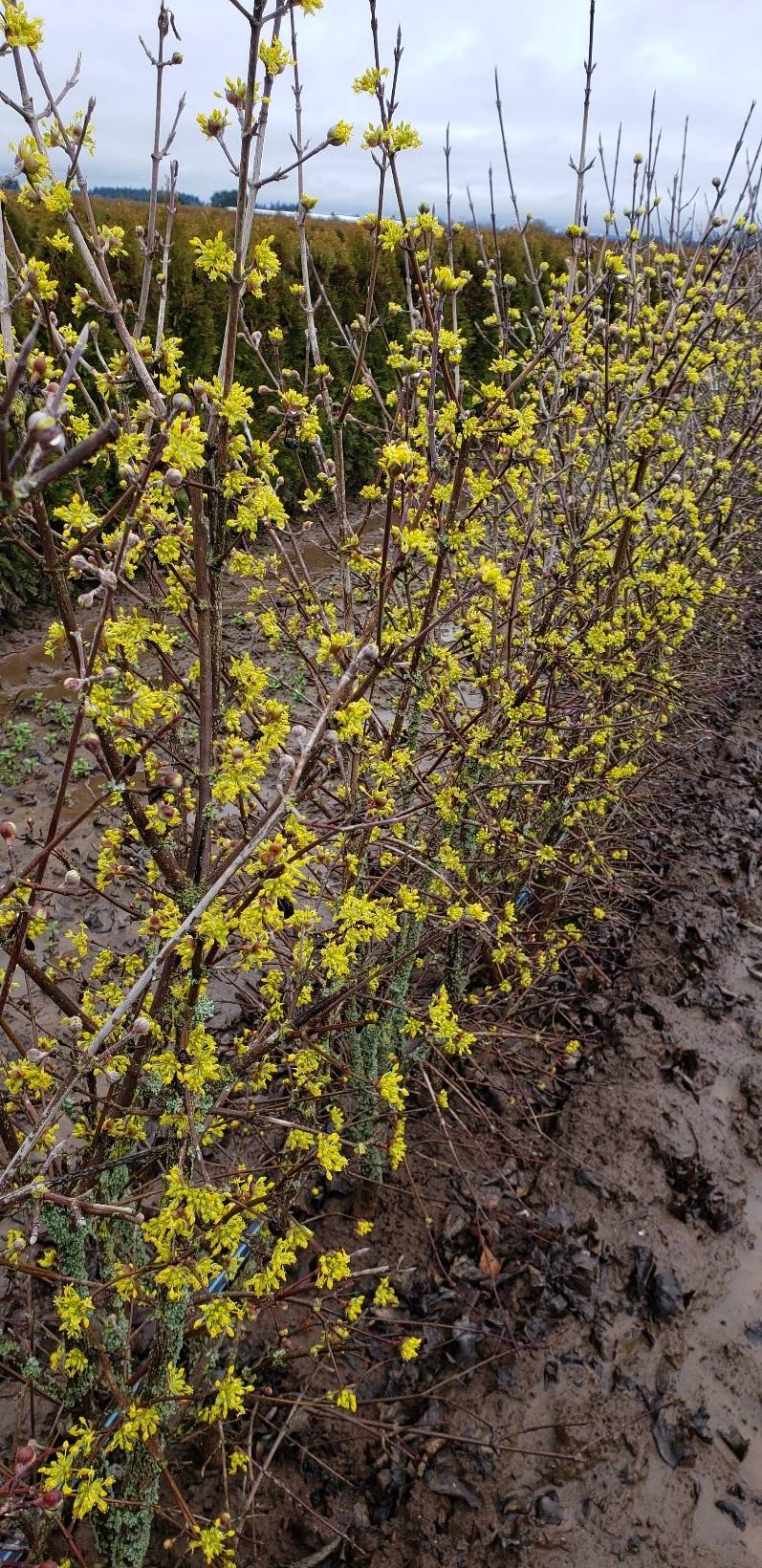
Cornelian Cherry (Cornus mas) is a species of Dogwood with colorful flowers and fruit. Its opposite green leaves make a dense hedge in the spring and summer, and in the autumn, the leaves turn a slight copper color before falling. Bursts of small yellow flowers cover the branches in the late winter, turning the hedge into a colorful screen. They develop into edible red fruits that stand out against the green leaves in midsummer. Cornelian Cherry does best in USDA hardiness zones 5 to 8 and grows up to 24” per year.
Bald Cypress

Bald Cypress (Taxodium distichum) is a deciduous conifer that can grow in a variety of conditions and be trained into a soft, feathery hedge. Its yellow-green needles turn a beautiful orange-brown in the fall, and after the needles drop, the bare branches with fibrous red-brown bark and green cones make an attractive screen in the winter. Bald Cypress is a fast-growing tree of southern swamps (2’ to 3’ per year), but can grow happily in drier environments in USDA hardiness zones 5 to 8.
European Hornbeam

European Hornbeam (Carpinus betulus) is a densely branched tree, growing 12” to 24” a year, with deeply fluted, gray bark that can be trained into a superb privacy hedge. Its serrated, oval leaves become orange-brown and crispy in the fall and persist through the winter. Strings, or catkins, of yellow or green spring flowers, become little brown nuts in the summer. European Hornbeam makes an excellent, dense hedge all year round, and grows in USDA hardiness zones 4 to 8.
Teton Firethorn

Teton Firethorn (Pyracantha ‘Teton’) is a perfect hedging shrub because of its upright, densely branching form and slow growth (8” per year). It grows well in USDA hardiness zones 6 to 9 and is deciduous in the colder areas, but semi-evergreen to evergreen through the winter in the most southern zones. Drooping clusters of white flowers cover the branches in spring. In autumn and winter, yellow-orange berries add color and interest. Teton Firethorn is an outstanding privacy hedge with its stiff, dense branching, thorns, and semi-evergreen to evergreen foliage in much of its growing zone. The colorful flowers and fruit are an added bonus in this beautiful hedge.
Royal Star Magnolia
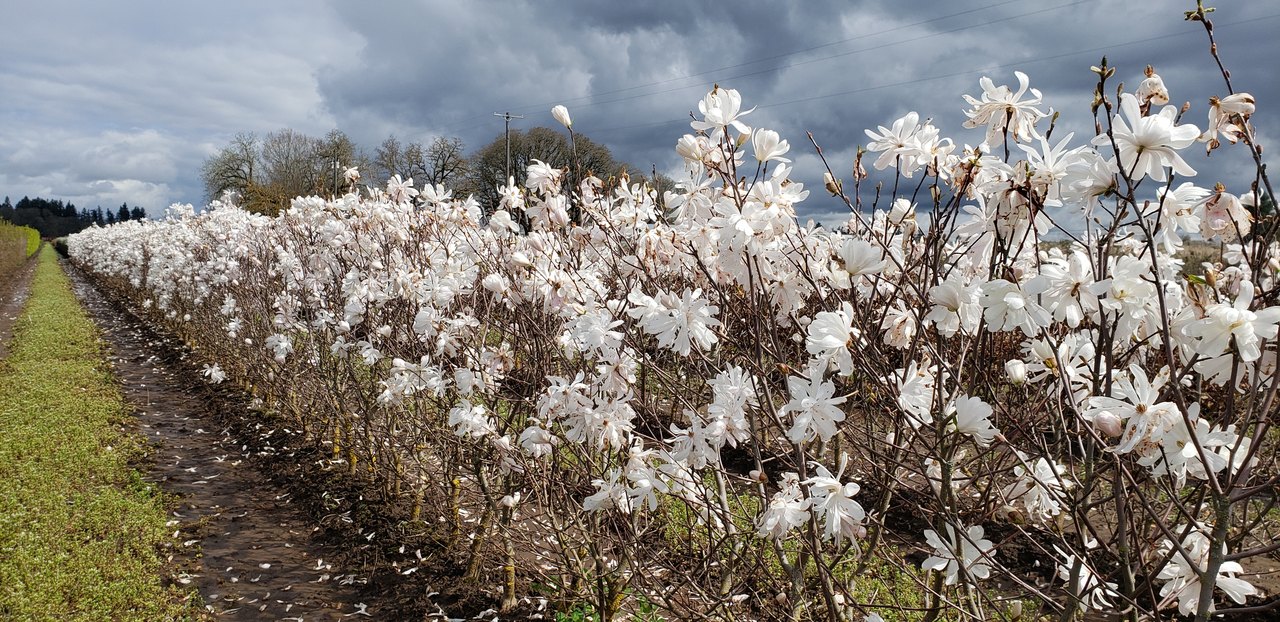
Royal Star Magnolia (Magnolia stellata ‘Royal Star’) is a small, flowering tree with long, lush green leaves that make a dense privacy hedge during the spring and summer while the leaves are still on the tree. After the leaves have fallen, Royal Star becomes a flowering screen in the winter and early spring with its fragrant, 4” white flowers shining against the gray-white branches. Royal Star grows best in USDA hardiness zones 5 to 9 and grows between 12” and 24” a year.
Flame Amur Maple
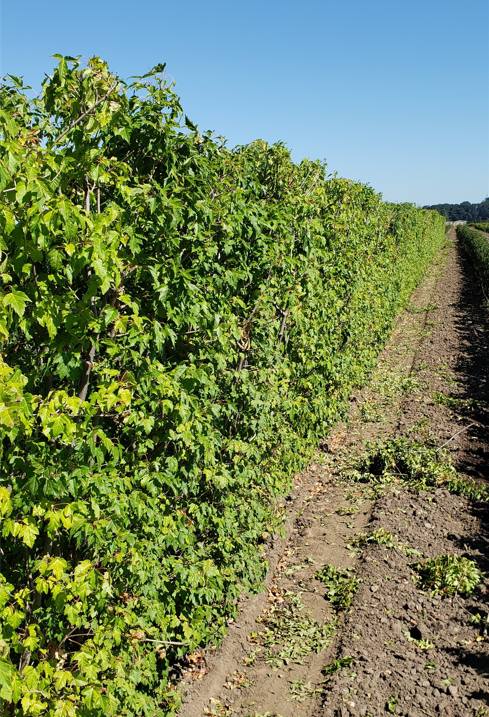
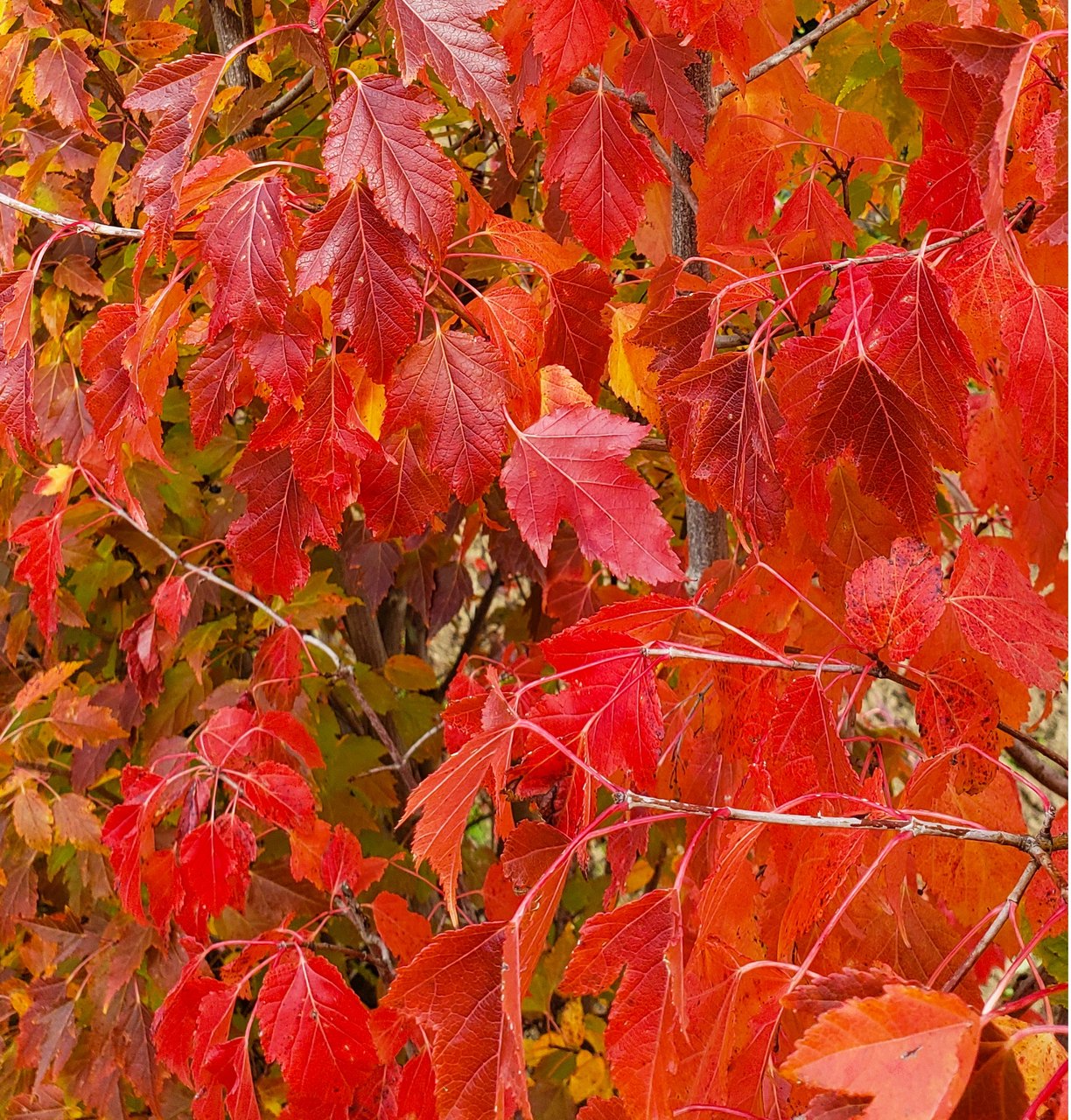
Flame Amur Maple (Acer ginnala ‘Flame’) is a colorful tree with large leaves that makes a good, dense, privacy hedge during the spring and summer. Clusters of red, winged fruit adorn the branches in late summer, and the leaves turn a spectacular, brilliant red in the fall. After the leaves drop, the bare branches in winter make an attractive screen that allows light and air through. Flame is quite a cold hardy and grows 12” to 24” a year. It fares best in USDA hardiness zones 3 to 8.
Arrowwood Viburnum
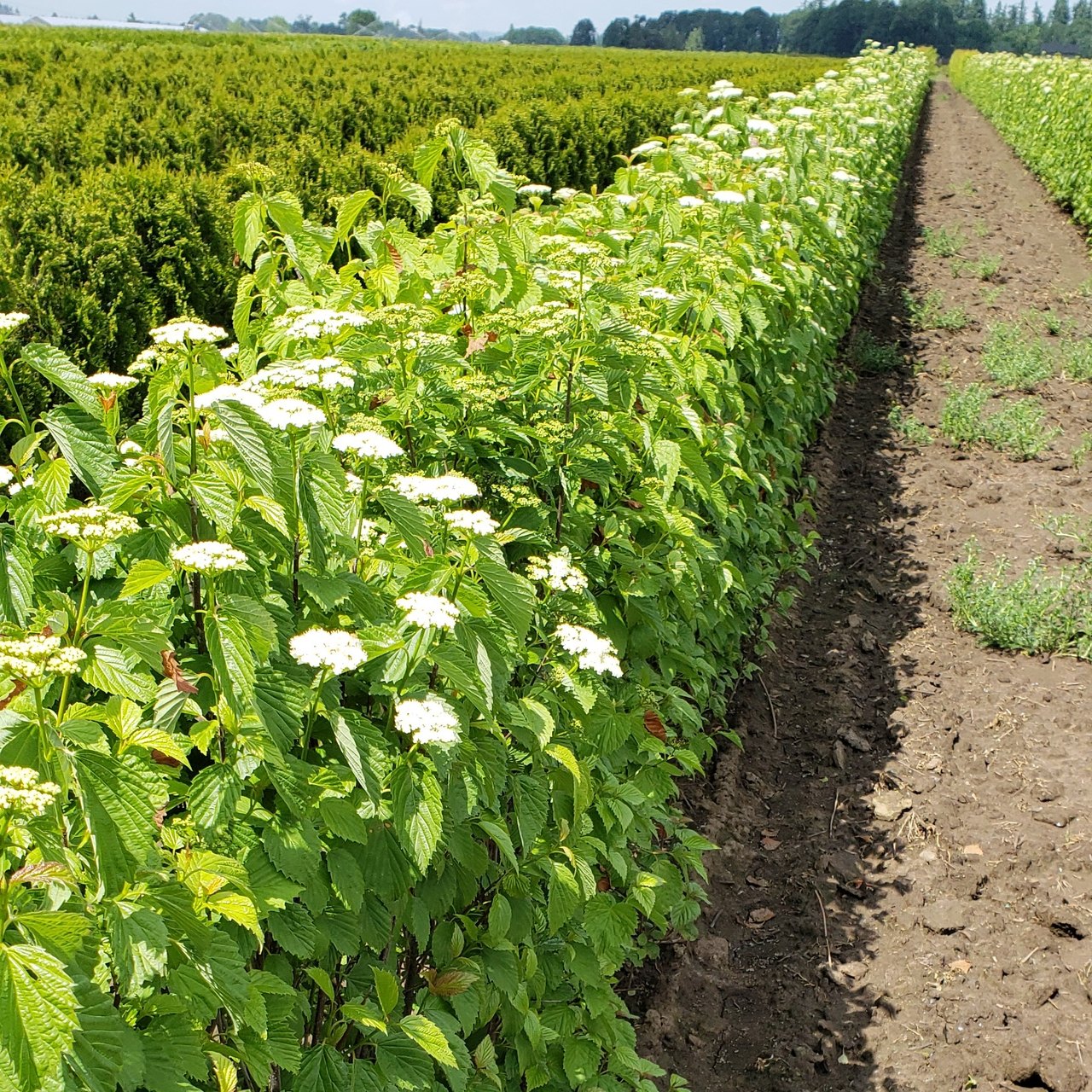
Arrowwood Viburnum (Viburnum dentatum) is a multi-stemmed shrub native to North America. Flat-topped clusters of 3” to 4” white flowers bloom in the spring, followed by blue-black fruit later in the season that is a favorite with birds. Its toothed, oval leaves turn yellow, orange, or red in the fall. Arrowwood Viburnum makes a colorful, dense, large-textured hedge during the spring, summer, and fall. But after the leaves drop, the hedge becomes an attractive screen in winter. Arrowwood Viburnum grows over much of the United States in USDA hardiness zones 5 to 8 and puts on 12” to 24” of growth per year.


